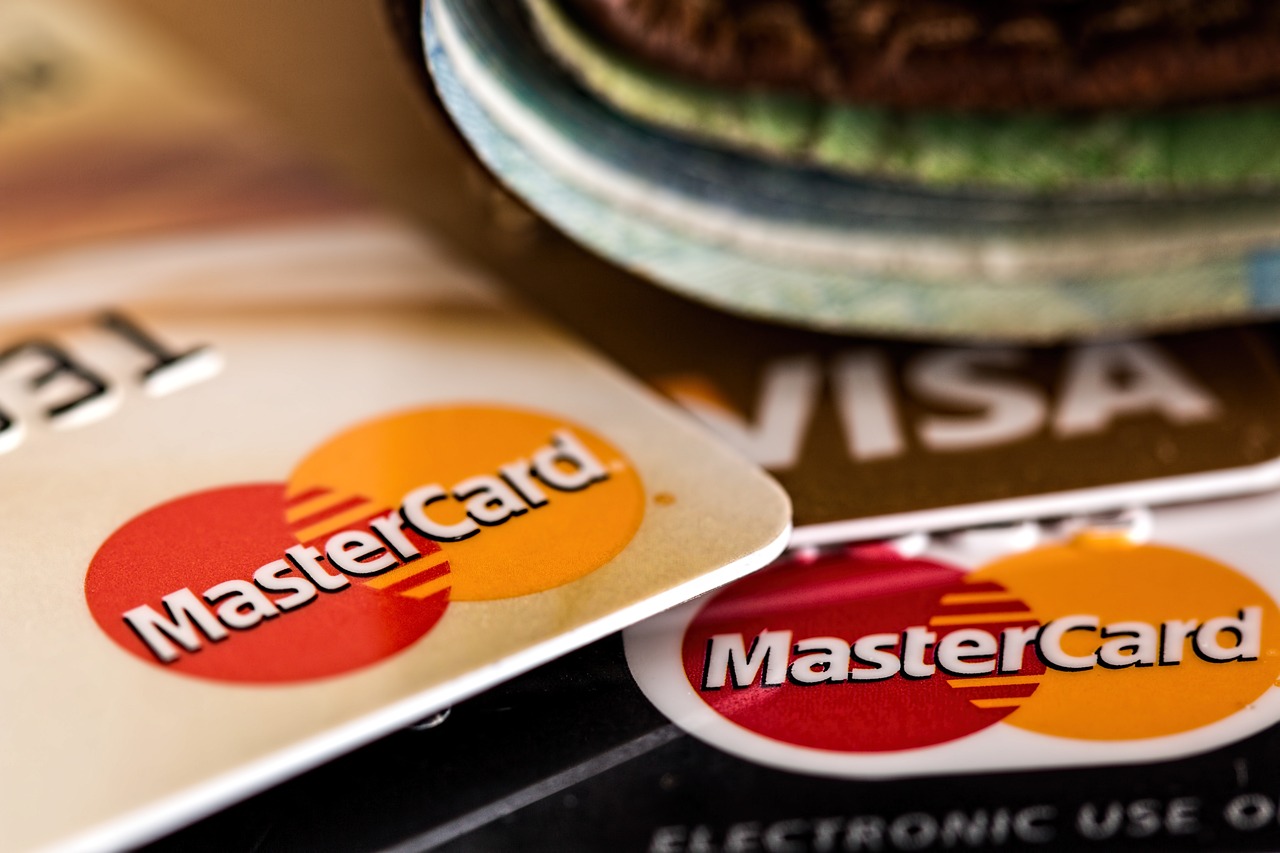Selling products or services online is consistently increasing market. Each year, eCommerce sales in the United States lead to hundreds of billions of dollars. Businesses classified as high-risk that take part in the eCommerce market should make sure to sign up for a high-risk merchant account.
Reasons Why WooCommerce High-Risk Merchant Accounts Are Needed
WooCommerce sellers often require high-risk merchant accounts for several reasons, which include:
- The company is in a high-risk industry. If a seller’s WooCommerce store sells some products within industries traditionally classified as “high-risk”. What constitutes high-risk varies between providers and providers can classify what they would like as high-risk.
- The company has too many chargebacks. If a merchant account receives many chargebacks within a short window of time, the company is likely to be classified as high-risk. Based on a WooCommerce store’s volume, even several chargebacks a month could lead to an automated or manual review of a person’s merchant account.
Who Qualifies As High-Risk
Several factors exist that qualify a business to be categorized by both banks and financial institutions as high-risk. From industry to federal regulations, high-risk payment processors decide on what conditions place some businesses at higher risk than others.

High-Risk Industry Qualifies For WooCommerce
This is a list of a few of the most common high-risk industries for which WooCommerce businesses would require high-risk merchant accounts:
- Adult
- CBD/Hemp
- Credit repair
- E-Cigs/Vapes
- Fantasy sports
- Firearms
- Nutraceuticals
- Online gaming
- Pawn shops
- Subscription boxes
- Travel

What Your Business Can Do To Avoid Chargebacks
Chargebacks can prove costly to businesses. 27% of retail merchants, unfortunately, claim that the number of chargebacks is increasing. Due to the high costs connected to chargebacks, businesses charged with too many chargebacks are at risk of being classified as high-risk, which would necessitate obtaining a high-risk merchant account.
Chargebacks involve funds that are returned to a customer’s accounts after disputing a payment that a customer makes with a credit or debit card. Chargebacks occur when customers believe that card payments were fraudulent, the appropriate services were not provided, or that the goods or services associated with a transaction were not received.
It’s a good idea to eliminate chargebacks or reduce them as much as possible. By adequately addressing chargebacks and creating a strategy to reduce chargebacks, you can lower the chances of chargebacks and disputes without minimizing the impact on a business.
- Practice transparency. Make your policies regarding returns, refunds, and cancellations apparent, and ensure that your business communicates these details to customers at the time a sale occurs. This can help to reduce or eliminate chargebacks involving customers who claim to have canceled an order but have still been charged. Some businesses decide to reduce the possibility of these types of chargebacks by placing terms and conditions close to the payment button or somewhere accessible during the checkout process.
- Confirm orders. Businesses should confirm customer orders, which helps to reduce the occurrence of avoidable but disputed payments. If a business accepts orders for goods or services to be later delivered, the business must address the customer’s expectations. This will likely include updating the customer about delivery information and letting the customer track the order. Businesses should also take the additional step of offering customers the choice to purchase an alternative good or service from a website or cancel an order to further reduce the rate of chargebacks that the company experiences.
- Offer easy access. Make sure that contact details for your customer service department are easily accessible on various items including receipts, websites, and maybe even products. This can help to avoid how quickly chargebacks are escalated if your customer service department promptly resolves complaints.
- Create appropriate billing descriptions. Businesses should make sure that billing descriptions contained on billing statements can be easily understood by customers. Your purchasers should be able to distinguish purchases from these descriptions so they do not end up incidentally bringing chargebacks.
- Don’t charge until goods are shipped. To prevent “non-receipt of merchandise” disputes, businesses should avoid charging credit or debit cards until the involved goods are shipped. If customers notice a transaction on a statement before receiving goods, this could lead to uncertainty and then a chargeback.
- Create internal processes. Providing evidence that a customer participated in a transaction or received goods can help businesses defend against some types of chargebacks. Businesses should also create internal processes to record a customer’s order history, which quickly and clearly shows transactions.
- Adequately address recurring transactions. Businesses should make sure to promptly cancel recurring transactions when instructed to do so. Your business should then make sure to confirm this cancellation with the customer in question in writing that clearly states the effective cancellation date. Businesses should also remind customers of any cancellation restrictions in situations where a customer has paid either an up-front or pre-agreed amount.
- Do not fret about expired cards. Businesses should not be concerned about facing chargebacks because a customer’s card expires. Major credit card companies like Visa routinely refresh details when cards expire as well as in situations where cards are lost, upgraded, or stolen.
- Use cutting edge technology to fight fraud. The most innovative businesses rely on payment data to fight fraud. To locate results, you will need to make sure that your business is accessing the right type of data and competencies. EMerchantBroker offers businesses chargeback protection to help further reduce the rate of chargebacks experienced.

Important Steps in Applying for a WooCommerce High-Risk Merchant Accounts
Applying for a high-risk merchant account involves several critical steps. If businesses do not follow these steps, they place themselves in a position to not grow to the business’s full potential. Steps to take include:
- Adequately research available providers. Similar to most business services, the high-risk merchant account provider market is highly competitive. To locate the best possible provider for your business, you must perform sufficient research and locate the best possible service for your needs. Many people find WooCommerce is the provider that best meets their business’s needs.
- Contact the high-risk merchant account provider. After you locate several reputable account providers, contact them to discover how they can help your business. The provider you choose should offer strong customer service. WooCommerce provides quick and easy-to-understand answers and solutions to the various problems that its clients face.
- Apply. The high-risk merchant industry relies on distinguishing certain obstacles that may eventually lead to obstacles in your business’s transactions. To best anticipate and respond to these issues, banks gather details about a business so they can make informed decisions. For providers that offer high-risk merchant accounts, a detailed application process is routinely involved. WooCommerce offers an online application, which greatly simplifies the process. Some of the documentation you should be expected to submit as part of a WooCommerce application include details about your business’s sales volume and records about the time that your business has been in operation.
- Make introductory phone calls. Your discussion with a merchant account service provider like WooCommerce should occur whenever you decide to learn more about the company.
- Submit additional documents. WooCommerce often asks high-risk merchant applications to submit additional documentation including articles of incorporation and specific statements regarding the business’s previous payment processing.
- Bank review. After submitting a business’s application and associated documents, the provider will submit a bank package for the business. The review can occur in as little as 48 hours but sometimes can require ten working days. This timeframe depends on your company and the resources that the bank has to review the details that you have submitted.
- Stipulations. Many times, a bank requests additional details or changes to a business’s products or websites before acceptance can occur. This is especially common in high-risk industries.
- Underwriting. When an application is sent to underwriting, an applicant is very close to receiving approval. During this time, all that an applicant can do is wait. The bank then creates an agreement and updates its account to make sure that a business’s transactions proceed with ease.
- Approval. After underwriting is complete, a business’s account is set up. A high-risk processor will then contact the business about whether its application has been approved. The business, if approved, can then immediately receive payments on its website.
- Process payments. The steps involved with creating an account involve a one-time commitment. To make sure that a business’s account remains open, businesses must make sure to carefully follow all the terms of the bank agreement.
Remember, your business need not eliminate chargebacks. Instead, your business should strive to consistently keep your chargebacks at a rate that would prevent your business from being classified as a high-risk merchant.

Other Services To Help Your WooCommerce Account
We offer various payment services that can help to make sure that your WooCommerce business continues to operate smoothly after receiving high-risk merchant accounts.
- Business funding
- Protection against chargebacks
- Check processing
- Payment gateways
- Payment systems involving cryptocurrency
- International payment solutions
Contact WooCommerce Today To Obtain a High-Risk Merchant Account
Many high-risk merchants prefer eMerchantBroker because we have substantial experience helping businesses connect to various merchant accounts as well as payment gateways from several providers.
For high-risk businesses, this enables them to locate a merchant account provider that has options unique to their industry. Contact us today for assistance.


